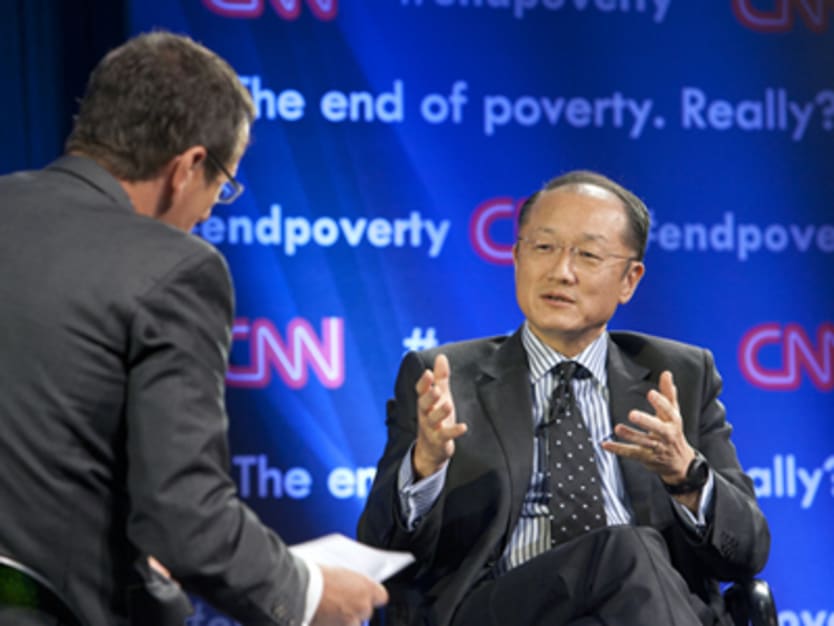
The World Bank annual meetings have been abuzz with the uncertain implications of organizational reform and rumors of further changes at the top of one of the world’s largest development institutions.
President Jim Yong Kim’s signature reform initiative — which seeks to realign the bank’s five branches for more streamlined and focused client services while cutting $400 million from the budget over three years — is sure to see stars rise and fall among the bank’s top brass.
The emerging system of “global practices,” meant to share knowledge and expertise in 14 technical areas and on five cross-cutting issues, needs a new vice president, and some observers are floating names of likely candidates for the position.
Among them: Rachel Kyte, vice president for sustainable development at the World Bank. Kyte is the only current vice president who has worked at both the World Bank and the International Finance Corp. — two World Bank Group branches Kim hopes will work more closely together under the new global practices system.
In July, Kim wrote in a memo to staff that two long-time bank leaders — Managing Director Caroline Anstey and Senior Vice President Pamela Cox — would leave the bank, though he offered little explanation for their departures.
The announcement about Cox came as a particular surprise, since in late December 2012 she had been appointed senior vice president for change management, a position many assumed meant she would be leading the very reform effort that seems to have hastened her retirement.
So far, much of the reform legwork has fallen to Sanjay Pradham, who was appointed vice president of change, knowledge and learning in July this year, and whose office has helped build the global practices framework.
On the fringes of an annual meeting panel on “Development in the Digital Age” Wednesday, Pradham told Devex about his vision for implementing global practices to overcome the bank’s weaknesses in coordinating operations.
“We have fragmented ourselves, but our clients need the whole might of the World Bank — public, private, cross-regional,” Pradham said.
“The next steps really, right now, are creating these global practices where we integrate across regions and sectors and across the World Bank Group so we bring the best to the country clients,” he added.
Now that the conceptual groundwork has been laid, sources familiar with the process say Pradham and others are tasked with creating an “implementation volume,” which will shed more light on how global practices will be put in place by July 1, 2014, as planned.
Perhaps those implementation details will also clarify how current leadership roles will attach to new initiatives, and how overlapping mandates within the World Bank Group branches will achieve better coordination without falling prey to turf wars.
Paul Stephens contributed reporting.
Follow Devex on Twitter and Facebook, and stay tuned for our LIVE coverage of the World Bank annual meetings and more more World Bank news, projects and jobs.
Read more:








